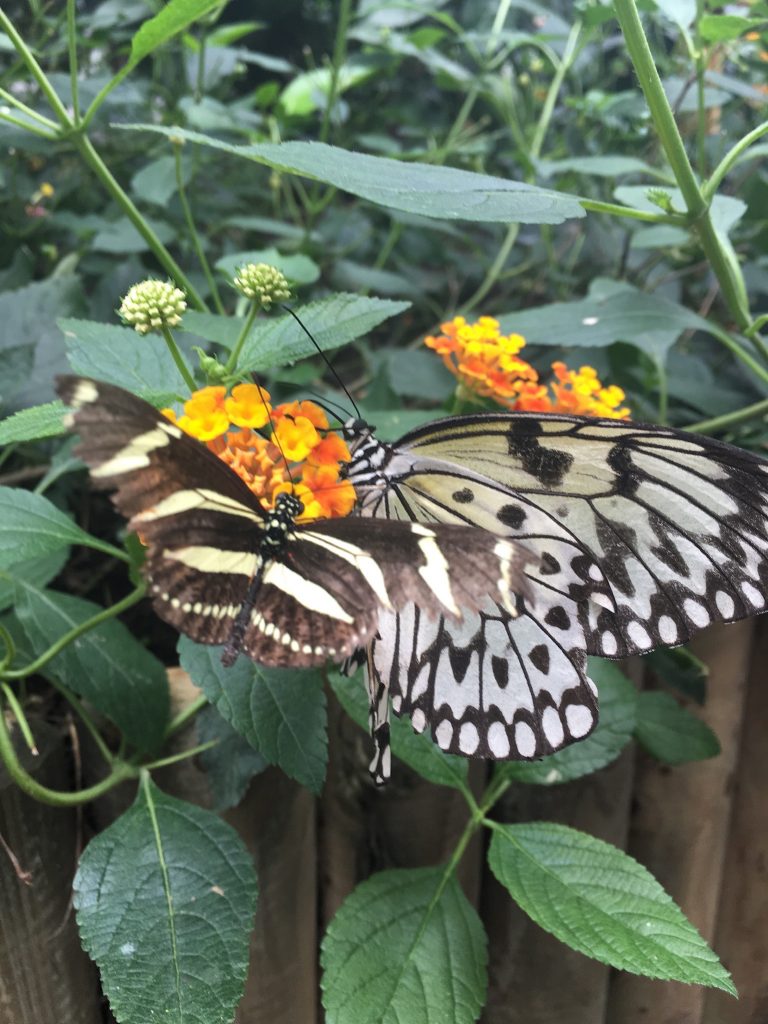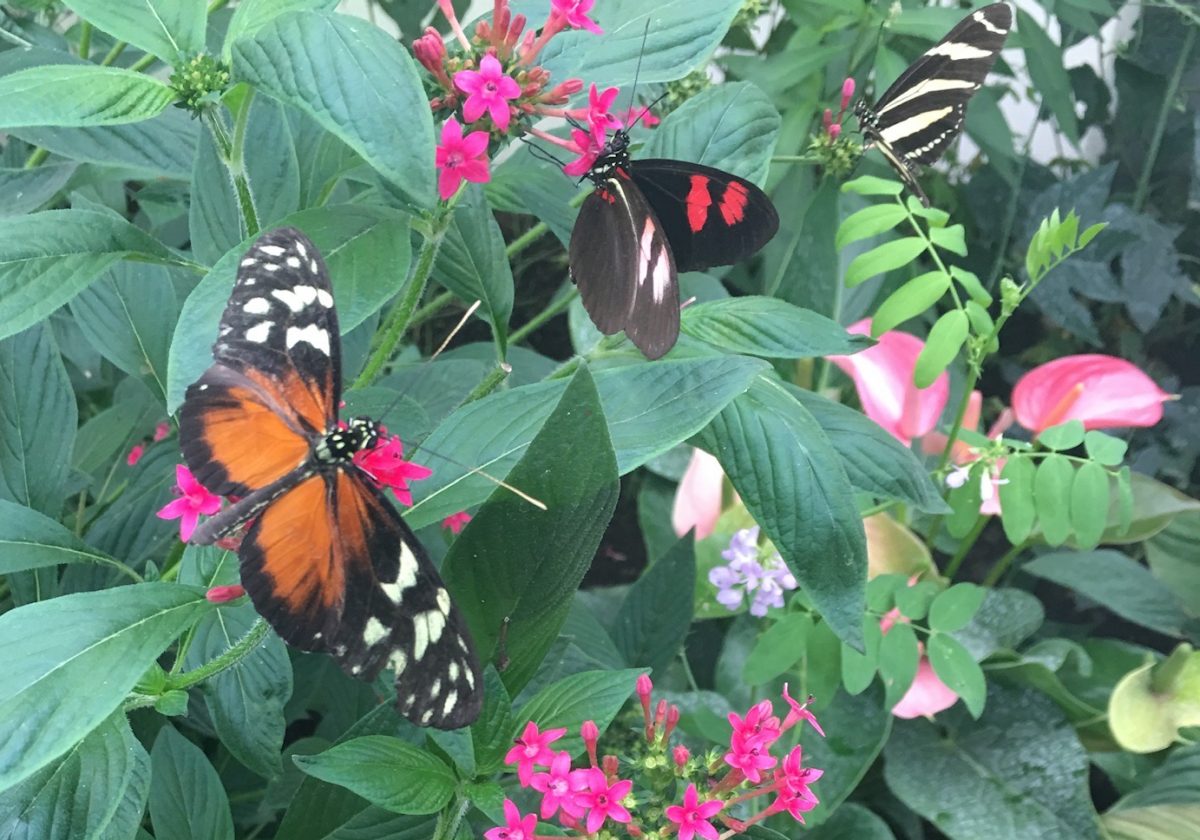No place to roam
Butterflies are as essential to ecosystems as they are beautiful, but unfortunately due to declining habitats and reduction of other species that they rely on are leading to a severe decline in many Butterfly species across the UK.
Research in 2015 (1) has provided further evidence of the long-term decline of UK butterflies, with 57% species declining in abundance since 1976. Amongst other factors, the deterioration of habitats as a result of land-use change (e.g. agriculture, changing woodland management) is considered the primary cause of long-term decline among species in the UK.
Healthy Butterflies, Healthy Environment
There are an incredible 140,000 species of butterflies and moths worldwide. Unfortunately, they react quickly to changes in the environment, and reduction of butterfly populations can be a key indicator for the overall diversity and health of an ecosystem.
Butterflies are indicators of the health and biodiversity of ecosystems. They are also the unsung heroes (alongside moths, and various other insects) of pollination. Studies have suggested that 39% of flower visits occur by non-bee pollinators (2).
Reduced butterfly populations have a knock-on effect to many other species in the wider food web too. Some birds will plan their breeding season around when caterpillars are most abundant, so they can feed their chicks.
A Home for Butterflies
The good news is that there are a number of ways we can all help encourage more butterflies into our landscapes to lay their eggs, and there are several success stories of conservation projects showing population improvement in some species.
Butterflies prefer open spaces that have a mix of sunshine and shelter, similar to a woodland glade. Trees and shrub provide shelter, as well as plenty of vegetation, no pesticides and suitable flowers for sources of nectar. Food plants for caterpillars are also essential, including holly, ivy and buckthorn. Long grass can give caterpillars and pupae somewhere to hide along with other creatures such as beetles and spiders.
Rewilding projects often cite the visible recovery of butterfly populations as the first step to broader recovery of biodiversity in the landscape. A notable example is the Purple Emperor butterfly in Knepp, which is now home to the largest colony of the rare butterfly.
Amongst the many factors affecting butterfly populations, creating protected habitat is clearly a priority. By returning sections of our landscape to a more natural state, we can create a safe haven for many butterfly species, and hopefully see future butterfly generations flourish for us all to enjoy.

- The State of Britains’ Butterflies, Butterfly Conservation (2015)
- Rader, R, et al., Non-bee insects are important contributors to global crop pollination, PNAS (2015)

